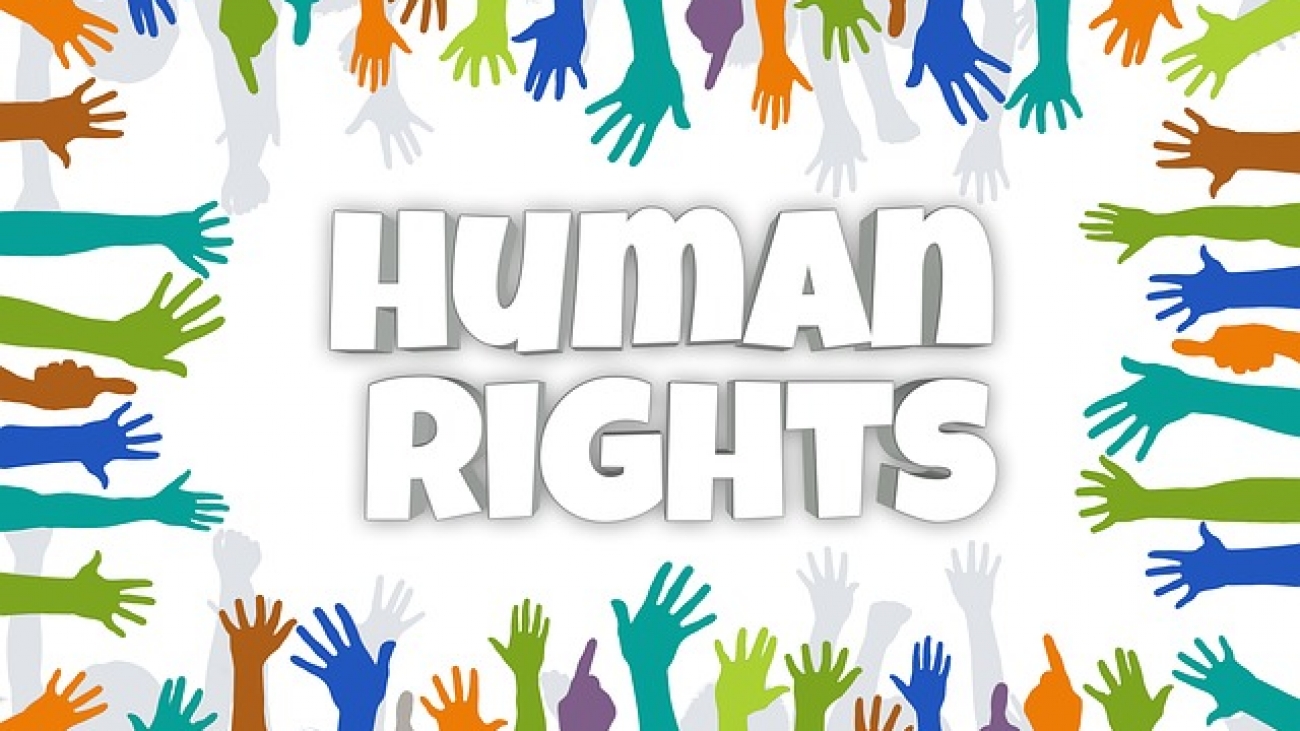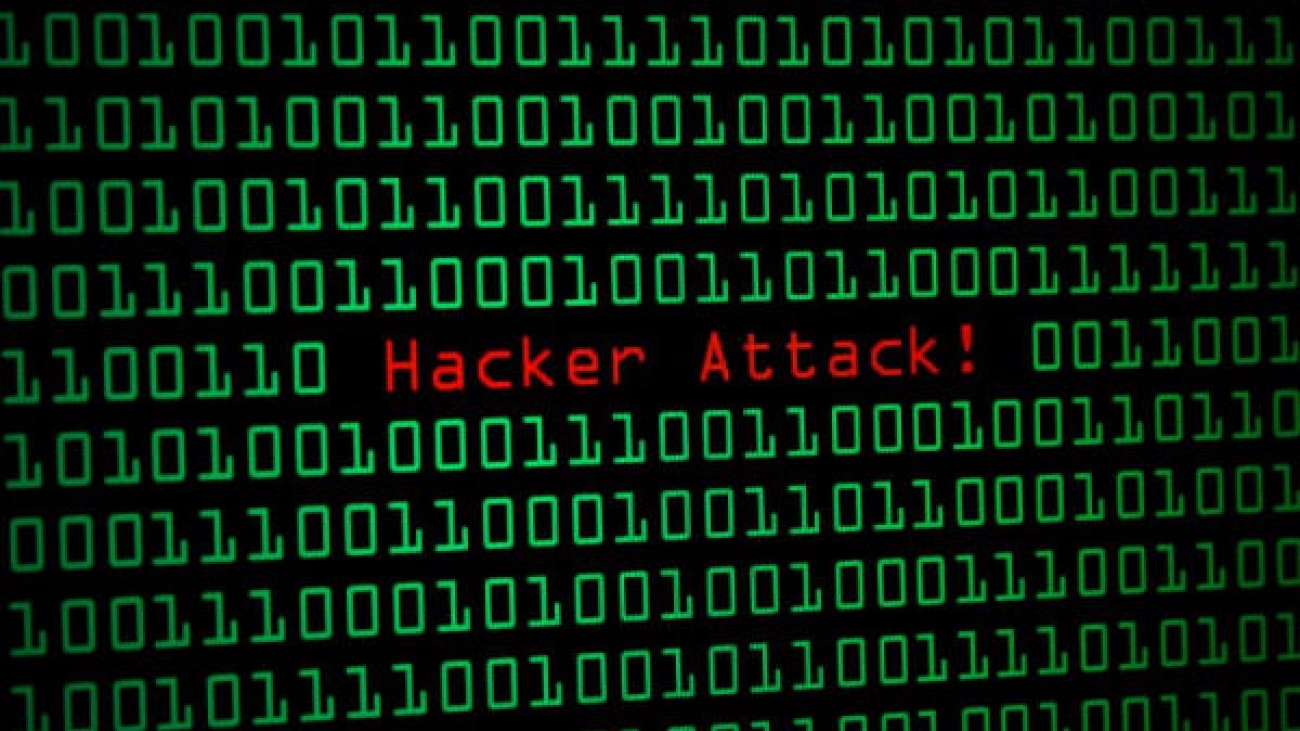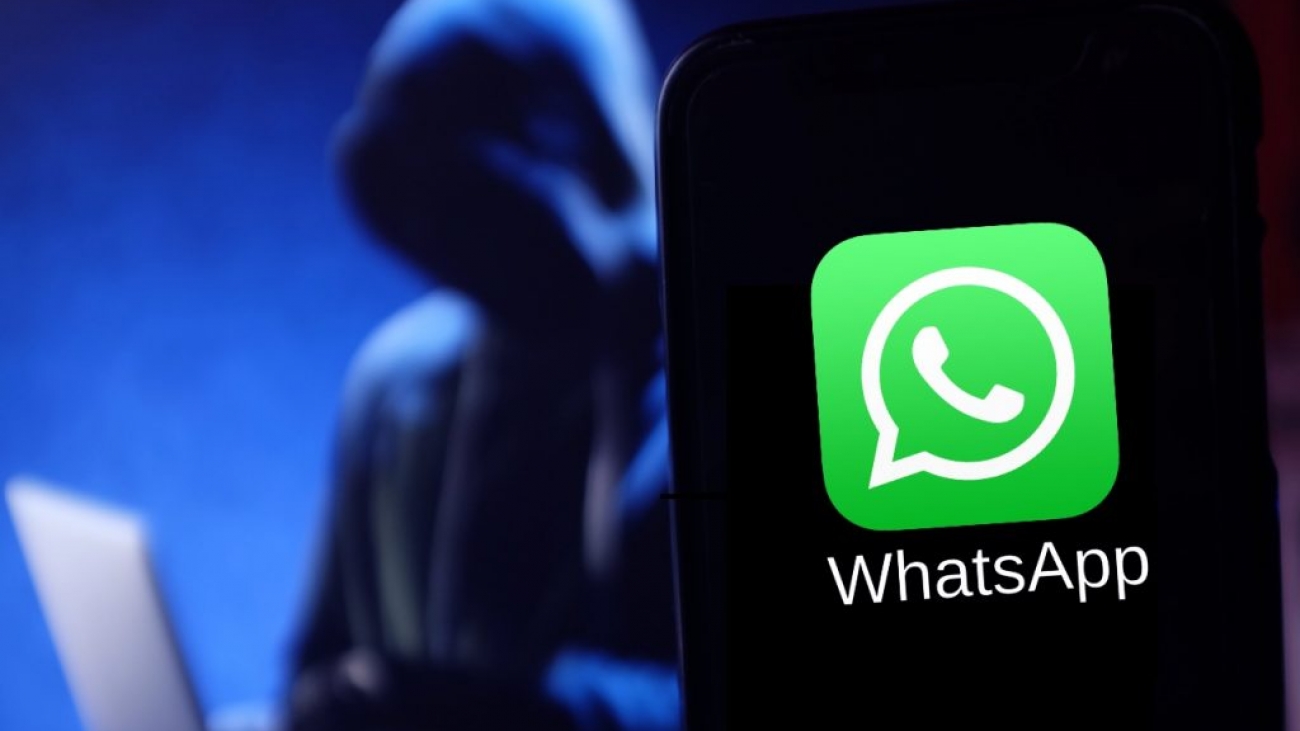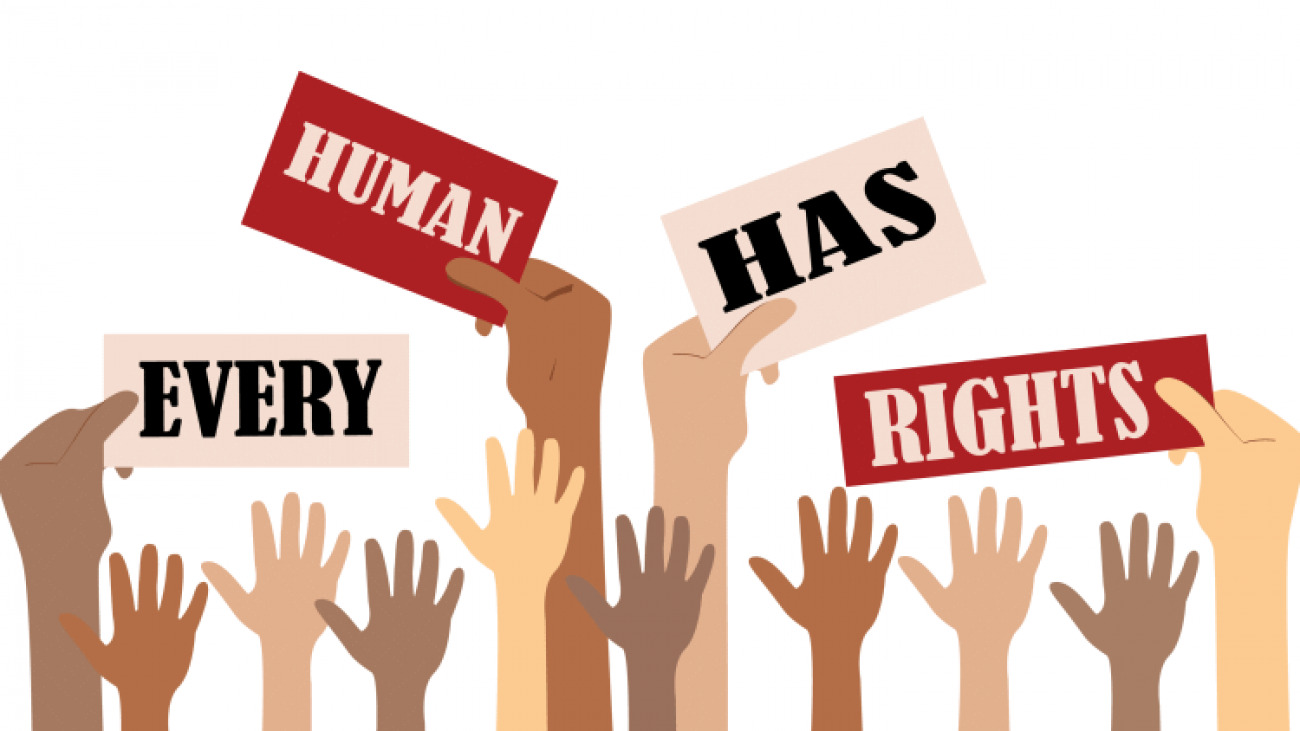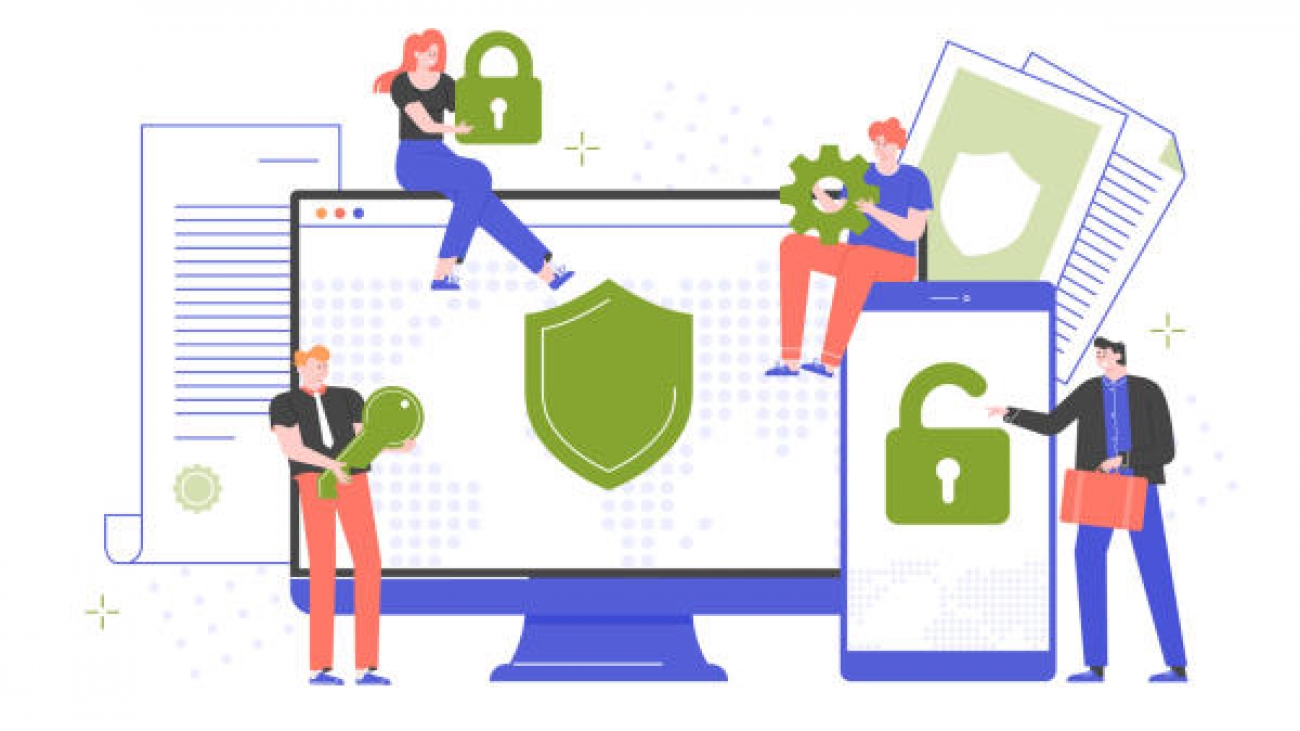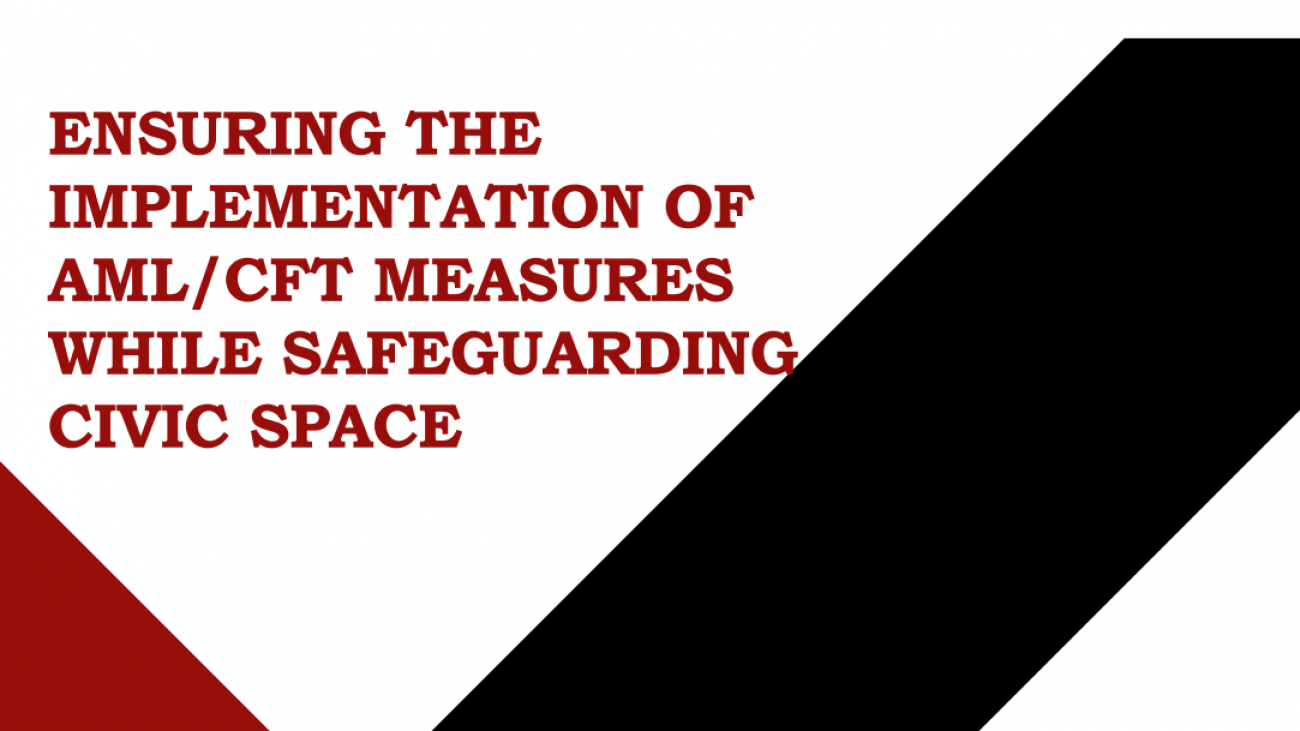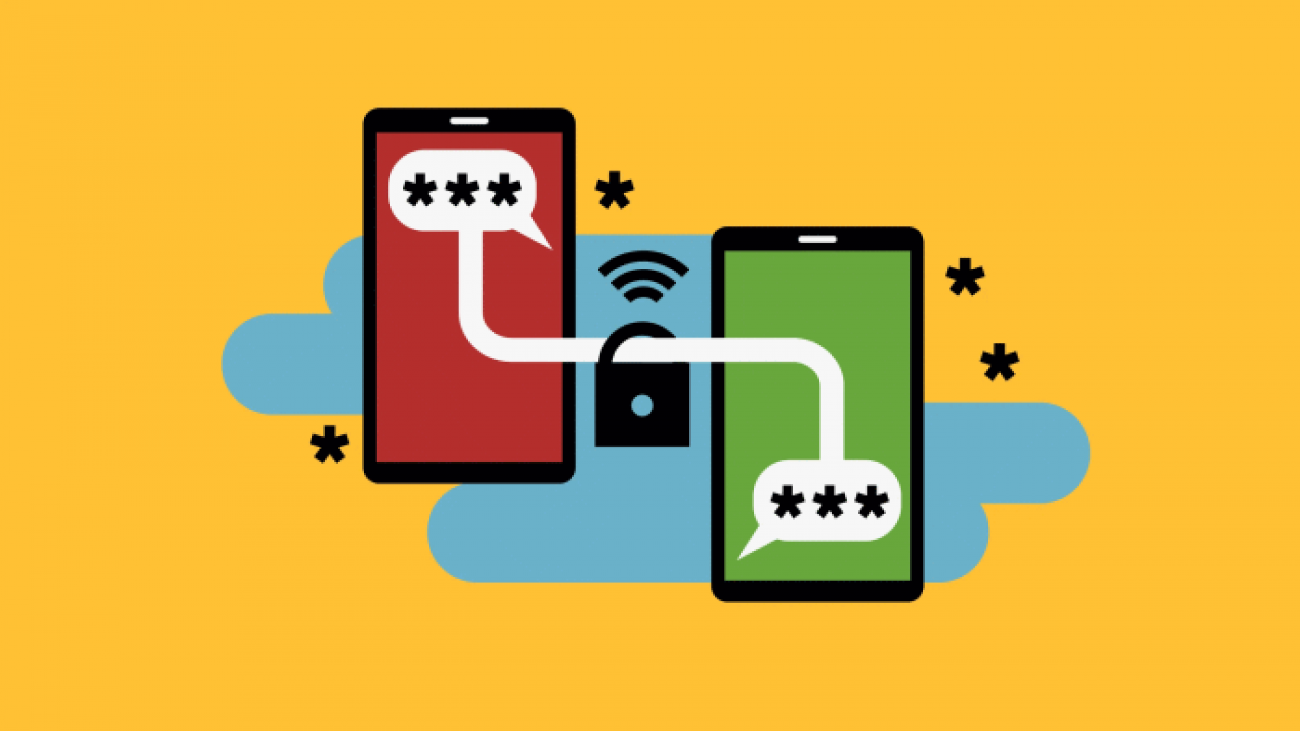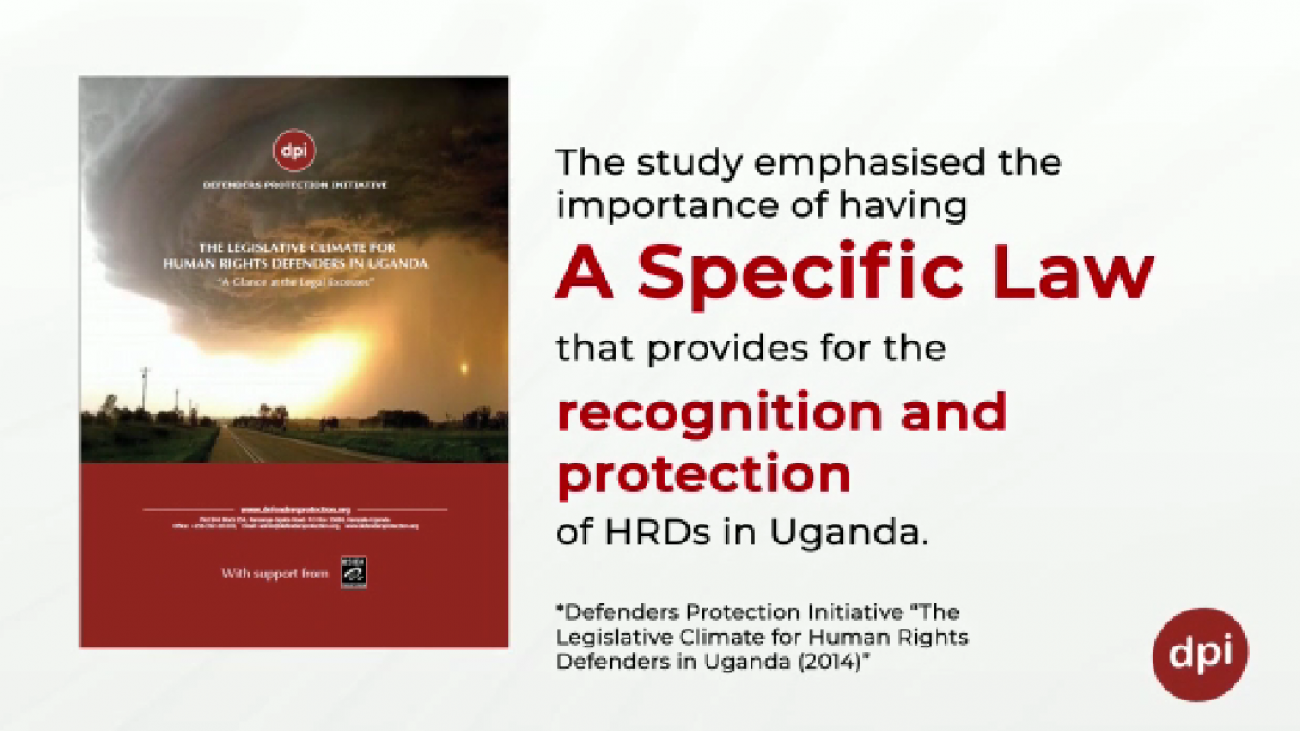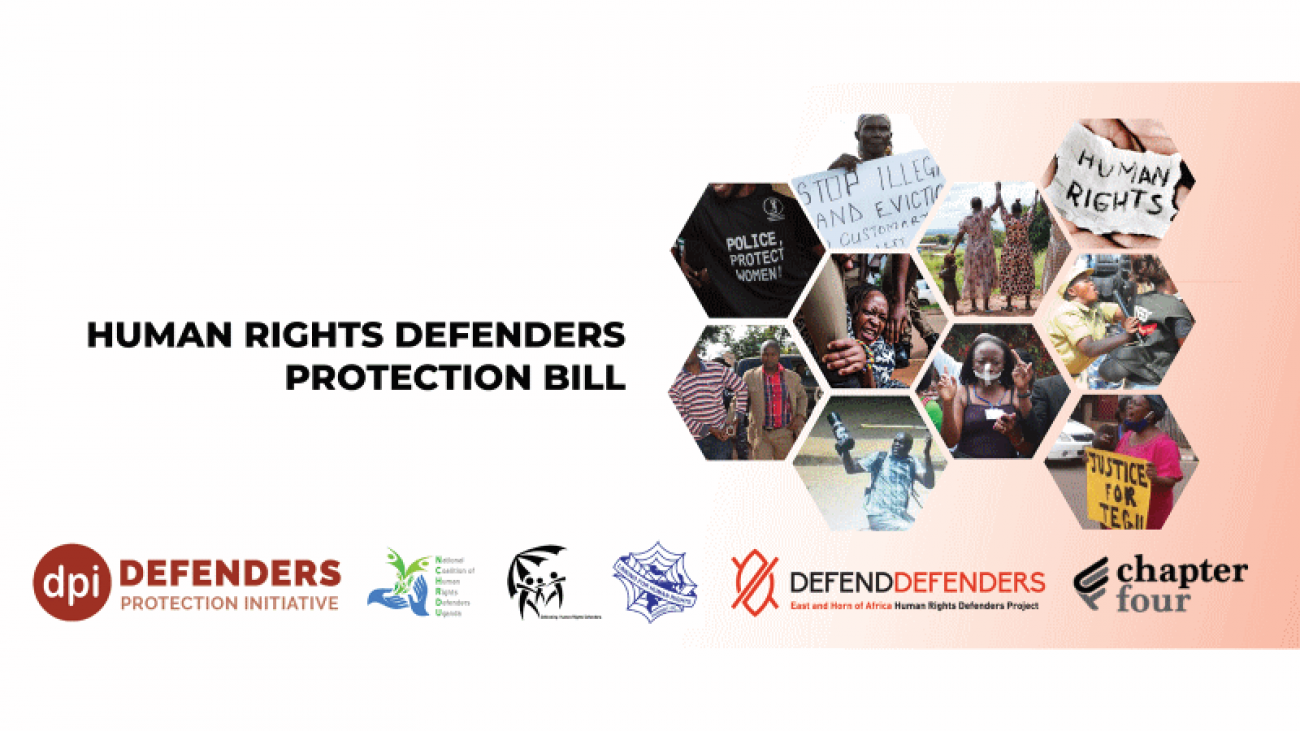Defenders Protection Initiative (DPI) is global organization comprising of many corporations in unity with people who take injustice and violations of human rights as an offense. We are well known for employing research, advocacy, action and campaigns to fight against abuses of human rights around the world. One of the ways our organization fights against injustice is through informing the public. DPI covers a broad spectrum of issues from women’s rights and political freedoms to regional and global conflicts. We also offer digital security.
Below are some of the top reason why Human Rights Are Important.
#1: Human rights ensure people have basic needs met
Everyone needs access to medicine, food and water, clothes, and shelter. By including these in a person’s basic human rights, everyone has a baseline level of dignity. Unfortunately, there are still millions of people out there who don’t have these necessities, but saying it’s a matter of human rights allows activists and others to work towards getting those for everyone.
#2: Human rights protect vulnerable groups from abuse
The Declaration of Human Rights was created largely because of the Holocaust and the horrors of work load limit. During that time in history, the most vulnerable in society were targeted along with the population, including those with disabilities.
#3: Human rights allow people to stand up to societal corruption
The concept of human rights allows people to speak up when they experience abuse and corruption. This is why specific rights like the right to assemble are so crucial because no society is perfect. The concept of human rights empowers people and tells them that they deserve dignity from society, whether it’s the government or their work environment. When they don’t receive it, they can stand up.
#4: Human rights encourage freedom of speech and expression
While similar to what you just read above, being able to speak freely without fear of brutal reprisal is more expansive. It encompasses ideas and forms of expression that not everybody will like or agree with, but no one should ever feel like they are going to be in danger from their government because of what they think. It goes both ways, too, and protects people who want to debate or argue with certain ideas expressed in their society.
#5: Human rights give people the freedom to practice their religion (or not practice any)
Religious violence and oppression occur over and over again all across history, from the Crusades to the Holocaust to modern terrorism in the name of religion. Human rights acknowledges the importance of a person’s religion and spiritual beliefs, and lets them practice in peace. The freedom to not hold to a religion is also a human right.
#6: Human rights allows people to love who they choose
The importance of freedom to love cannot be understated. Being able to choose what one’s romantic life looks like is an essential human right. The consequences of not protecting this right are clear when you look at countries and tribes where where women are forced into marriages they don’t want.
#7: Human rights encourage equal work opportunities
The right to work and make a living allows people to flourish in their society. Without acknowledging that the work environment can be biased or downright oppressive, people find themselves enduring abuse or insufficient opportunities. The concept of human rights provides a guide for how workers should be treated and encourages equality.
#8: Human rights give people access to education
Education is important for so many reasons and is crucial for societies where poverty is common. Organizations and governments concerned with human rights provide access to schooling, supplies, and more in order to halt the cycle of poverty. Seeing education as a right means everyone can get access, not just the elite.
#9: Human rights protect the environment
The marriage between human rights and environmentalism is becoming stronger due to climate change and the effects it has on people. We live in the world, we need the land, so it makes sense that what happens to the environment impacts humanity. The right to clean air, clean soil, and clean water are all as important as the other rights included in this list.
#10: Human rights provide a universal standard that holds governments accountable
When the Universal Declaration of Human rights was released, it had a two-fold purpose: provide a guideline for the future and force the world to acknowledge that. Human rights had been violated on a massive scale. With a standard for what is a human right, governments can be held accountable for their actions. There’s power in naming an injustice and pointing to a precedent, which makes the Universal Declaration of Human Rights and other human rights documents so important.

